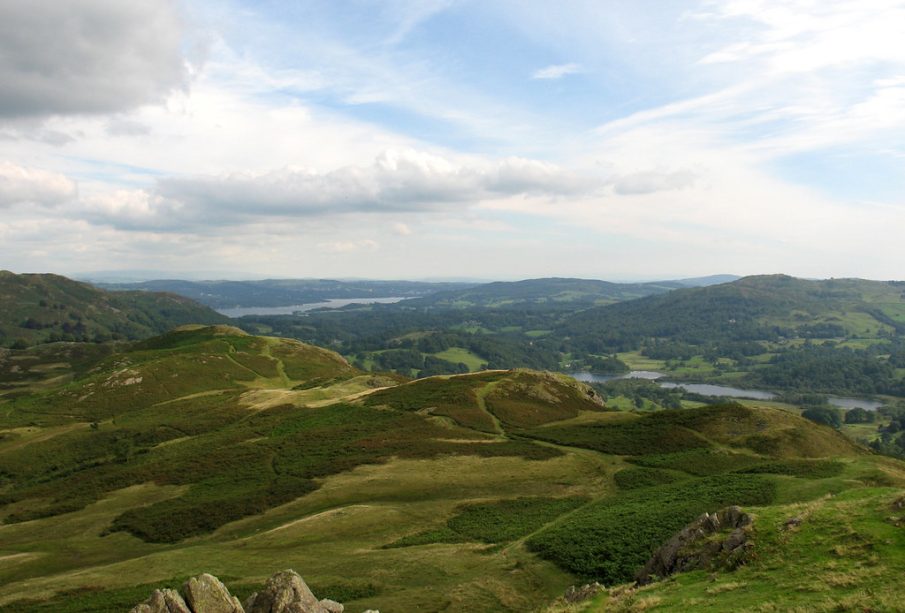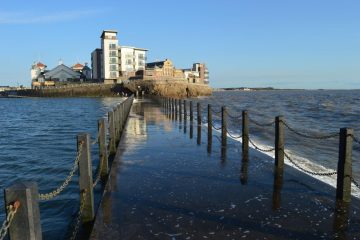Exploring the Lake District: A Natural Wonderland

Introduction
The Lake District, a UNESCO World Heritage site, is renowned for its stunning landscapes, rich cultural history, and outdoor recreational opportunities. Located in Cumbria, England, this area draws millions of visitors every year, making it a vital aspect of England’s tourism industry. Its picturesque lakes, mountains, and charming villages not only provide breathtaking views but also are essential for conservation, local economies, and promoting a healthier lifestyle.
Recent Developments
In recent months, the Lake District has witnessed an increase in visitor numbers, prompting local authorities to emphasise sustainable tourism. Despite the challenges posed by the COVID-19 pandemic, lodges, campsites, and walking trails have seen a resurgence as holidaymakers seek outdoor experiences. According to recent statistics from the Lake District National Park Authority, visits in peak seasons surged by 30% compared to previous years.
Moreover, the government has introduced new initiatives aimed at promoting sustainable practices among businesses in the region. These include grants for eco-friendly upgrades and campaigns encouraging visitors to respect local wildlife and habitats. The National Park Authority has also launched initiatives to maintain footpaths and reduce erosion, ensuring that the natural beauty of the area is preserved for future generations.
Outdoor Activities and Attractions
With over 3,100 square kilometres of diverse terrain, the Lake District offers a plethora of outdoor activities ranging from hiking, cycling, and boating to climbing and photography. Popular destinations such as Windermere and Ullswater attract both adventure seekers and those looking to unwind amidst nature. Recent reports indicate that walking and hiking can significantly contribute to mental health, prompting an increase in local guided walks and tours that cater to various skill levels.
Cultural attractions in the Lake District, such as the homes of literary giants like William Wordsworth and Beatrix Potter, continue to enhance its appeal, drawing visitors interested in history and literature. Efforts are underway to promote these heritage sites through community events and educational programmes, ensuring that the rich heritage of the area remains celebrated.
Conclusion
The Lake District remains a vital part of the UK’s heritage and natural beauty. As local authorities and businesses strive for a balance between tourism and conservation, the area is set to thrive as a destination that offers unique experiences while fostering environmental responsibility. For visitors and locals alike, the Lake District is not just a picturesque getaway but also a symbol of England’s commitment to preserving its natural treasures for generations to come.








